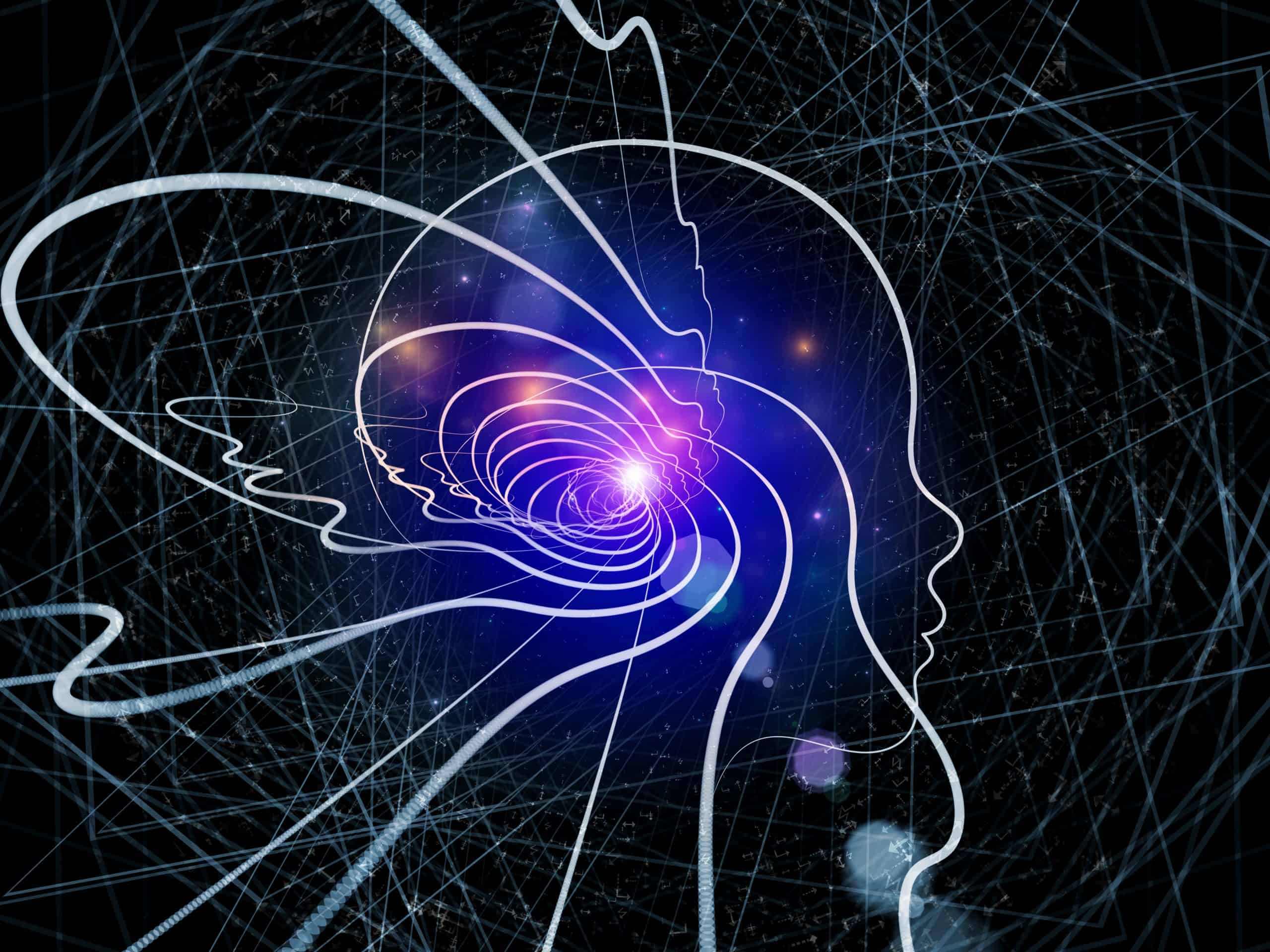Think intelligence and IQ tests are likely to come to mind. Traditional views of intelligence base human intellect on the results of paper and pencil tests and statistical analysis. This notion began to evolve in the early 1980s when Dr Howard Gardner, professor of Education at Harvard University, challenged the view of intelligence being a singular property, suggesting that human beings each have different ways of learning and their unique configuration of intelligences. He developed the theory of multiple intelligences, proposing eight distinct intelligences to account for the diversity in human potential.
1. Verbal-Linguistic Intelligence
Verbal-linguistic intelligence involves sensitivity to languages. People who possess verbal-linguistic intelligence are highly responsive to the meaning of words and the order of words. They show outstanding skills in listening, speaking, reading, writing, learning languages, and teaching. They learn best by rewriting and outlining material, listening to lectures, and discussing information. Careers that harness this intelligence include writers, journalists, teachers, lawyers, politicians, and public speakers.
2. Mathematical-Logical Intelligence
Mathematical-logical intelligence refers to the ability to think conceptually and abstractly, discern logical or numerical patterns, and rationalise with reason. These people are skilled in working with numbers, interpreting data, performing experiments, and investigating issues scientifically. They tend to do well in traditional IQ tests. In learning, they prefer to organise materials logically, analyse evidence, and find patterns in information. Professions in this domain of intelligence include scientists, engineers, programmers, accountants, mathematicians, doctors, and economists.
3. Visual-Spatial Intelligence
People with visual-spatial intelligence have a heightened awareness of individual physical space or the environment and can manipulate it in creative, innovative ways. They think in images and pictures and can visualise abstractly, often having well-developed imaginations. They are great with puzzles and constructing and designing objects, fixing things, and various artistic activities. Their career pathways include artists, photographers, inventors, architects, engineers, and video-game designers. When needed to learn new things, they try to visualise the material. They learn best through verbal imagery and visual representations, such as charts, graphs, mind-maps, pictures, videos, and colours.
4. Bodily-Kinesthetic Intelligence
Bodily-kinesthetic intelligence is the ability to control one’s body movements and handle objects skillfully. People who possess this intelligence work well with their hands and are usually highly athletic. There is special harmony between their bodies and minds. They benefit the most from learning when constructing, creating, or touching something tangible, such as in hands-on experiments, rather than just hearing about a subject matter. When trying to learn new information, they tend to pace around with the materials in hand or try to create a game around it. Careers that harness this form of intelligence include professional athletes, dancers, surgeons, builders, soldiers, actors, firefighters, and physical education teachers.
5. Musical Intelligence
Musical intelligence refers to sensitivity to rhythm, pitch, tone, melody, and timbre. It may entail the ability to sing, play musical instruments, or compose music. The career niche for people who possess this intelligence will be related to none other than music. They have a strong auditory component, and hence, learn best in a lecture setting. Putting information to beats, rhythm, or lyrics can also help them learn, and they would love to have music playing in the background as they study.
6. Interpersonal Intelligence
Interpersonal intelligence is the ability to interact effectively with others. Sometimes referred to as social intelligence, it is the capacity to detect and respond appropriately to moods, feelings, temperaments, and the motivations of others. People with interpersonal intelligence can effortlessly empathise with others, and they work well in collaborative settings. They make good counsellors and leaders. They learn well in groups and enjoy discussing information and teaching others as they learn. Careers in this intelligence field include psychologists, sales executives, negotiators, politicians, educators, and religious leaders.
7. Intrapersonal Intelligence
Also known as self-intelligence, intrapersonal intelligence is the sensitivity to our own feelings, thoughts, values, beliefs, goals, weaknesses, and anxieties. It also involves the capacity to reflect, plan, and act in light of one’s own traits. Not particular to specific careers, it should be every individual’s goal to nurture a strong sense of introspection and make consequential decisions for oneself. People with heightened intrapersonal intelligence have a keen sense of intuition and make natural researchers, theorists, and philosophers. In learning, they tend to reflect on the personal meaning of ideas, keep a journal, and study in quiet places alone.
8. Naturalist Intelligence
People with naturalist intelligence hold great appreciation and respect for the natural world. They have an affinity for recognising and interacting with plants and animals and applying scientific theories to life. Careers in this intelligence domain include scientists, naturalists, ecologists, biologists, taxonomists, and landscape architects.
Multiple Intelligences At Play In Our Daily Lives
According to Gardner’s multiple intelligences theory, we all possess some level of each intelligence, using one or the other and sometimes combining them to help us learn different things, solve diverse problems, carry out various tasks, interact with all types of people, adapt to changing environments, pursue existing and new interests, progress in our preferred academic and professional domains, and go about our daily lives.
We will always have one or a couple of intelligences that are more dominant than others. Our dominant intelligence impacts the way we learn and interact with the world, and it helps identify areas we are likely to excel. But note that just one domain of intelligence will not be enough to help us live to our fullest potential. We need multiple intelligences to live life well, and they will always be at work in each of us.

For example, an artist (an individual with dominant visual-spatial intelligence) not only uses visual intellect to conceptualise his masterpiece but also employs kinesthetic intelligence to manipulate his painting tools and material. He exercises intrapersonal intelligence when he reflects on his intimate artistic ideas and deliberates on the insecurities of critique. He leverages linguistic intelligence to articulate his work on exhibition text and artist statements, the same as when he attends a press conference or speaks with the media. Whilst working with numbers and figures may not be his forte, he will still need to work out commissions, studio rental, and other expenses, requiring some level of mathematical intelligence and even verbal intelligence if it involves negotiation. Interpersonal intelligence is at work when he interacts with other artists, curators, art gallery visitors, and buyers; he may also have an apprentice that he mentors. Finally, when he has time to wind down, he puts on music to relax or take a stroll into nature to find inspiration, calling upon his musical and naturalistic intelligence in those beautiful hours.
Harness Multiple Intelligence In Learning
With a better understanding of multiple intelligences, you may start identifying with a few and determine your strong suits. Gardner believes that the various intelligences can be nurtured and strengthened, in the same way, they can be ignored and weakened. By knowing the core type of intelligence that you use to learn new material, whether it is by connecting with words, numbers, images, movement, music, people, oneself, or the natural world, you can adapt the information to your learning even when it is taught to you in an alternative way. By exploring other learning methods, you maximise your intellectual, social, and emotional potential, preparing you for the future inside and outside of school.
Learn through your strengths and interests and recognise areas in which you struggle and need improvement because your dominant intelligence(s) will not be static. They shift and change throughout your growth and development, responding to your life experiences. So, have fun exploring your intelligence!
References:
Gardner, H. (1983). Frames of mind: The theory of multiple intelligences. New York: Basic Books
Gardner, H. (2020). The components of MI. MI Oasis. https://www.multipleintelligencesoasis.org/the-components-of-mi

